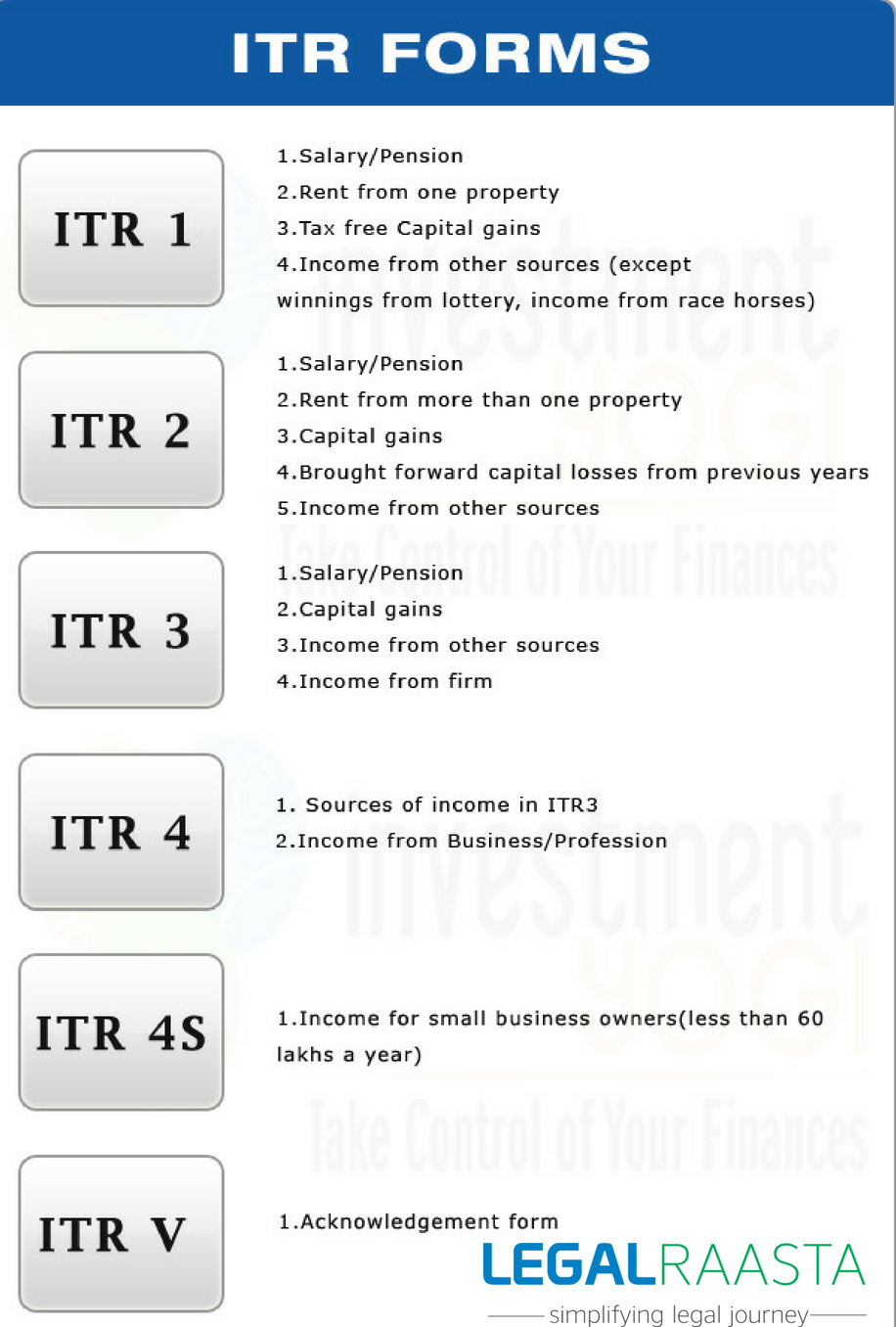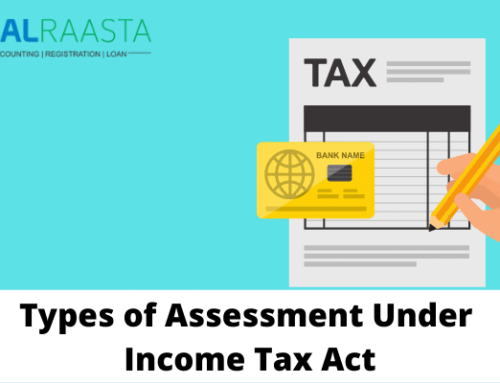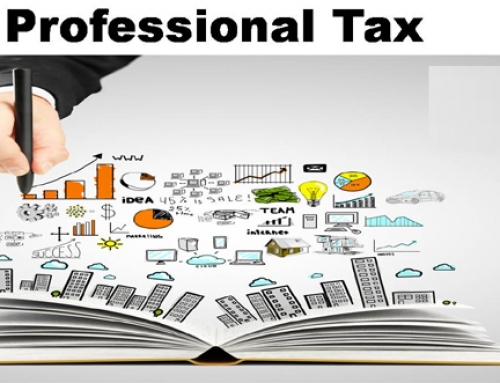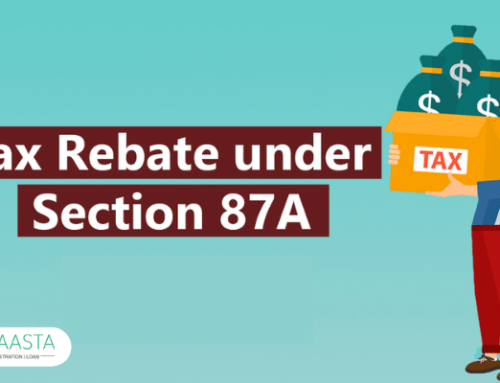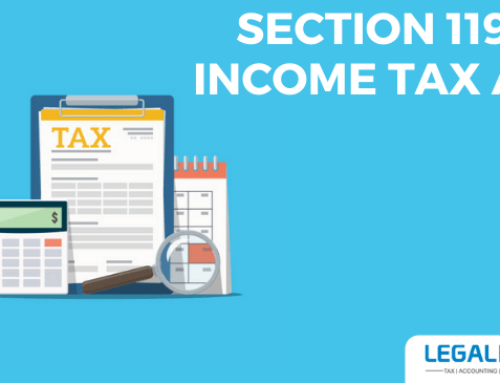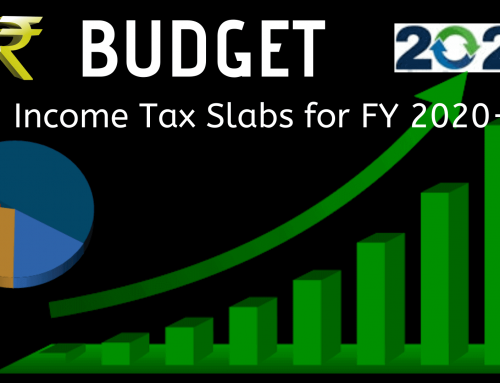INTRODUCTION
Contents
The income tax department of the government of India keeps an eye on every taxpayer. The overall summary of incomes and the amount of tax paid by every citizen to the government of India is something like a report card of a student during a year for the parents. The form that a person fill for Income tax is called Income Tax Return. Although, the due dates for filing income tax return forms for the year 2017-2018 for certain people are now extended to 31 August with some changes in new forms. However, if you are still in a dilemma what form is to fill and what not? Then here is your reach ends. This article will let you know about the changes in ITR Forms this year.
There are certain forms that has released every year but which form is to be filled by a responsible taxpayer is a questionable thing. The various ITR Forms are ITR-1( Sahaj), ITR-2, ITR-3, ITR-4 and ITR-4S (sugam), ITR-5 and ITR-6. Previously, you were using offline excel/ Java utility services for filling the ITR form but no longer now because such Java/Excel file will no longer remain valid. With the effect of sec 234F, sec 234A etc now you have to download the new forms from the income tax E-filling website.
In case of online ITR-1 Form Sahaj, if you have saved the draft but didn’t file it before 31st July 2018, then such draft will no longer be available for you. You will have to fill a new form from the beginning. You can easily find the new pdf format ITR forms available in the website while the Excel utilities and Java utilities for 2017-2018 will be made available soon. The tax department declared that all the new forms will now be filed electronically. The CBDT said that individual taxpayers of 80 years or more can file at any time. Individual whose income doesn’t exceeds Rs. 5,00,000 and who has not claimed any refund can file ITR in the paper form, using the ITR-1 OR ITR-4. Here are the Changes in ITR Forms for you:
The Changes in ITR Forms are categorized as follows:
-
SAHAJ (ITR1)
The resident of India other than the ordinarily resident can fill this form having an income of up to Rs. 50 lakh and whose salary is out of income, one house property or other interest income.
The specific details about your salary are to be disclosed by new Sahaj form: From the specific fields, it seeks assessee’s salary details as well as the allowances that are not exempted, the value of perquisites, remuneration in lieu of salary and deductions claimed under section 16.
-
FORM ITR2:
The ITR-2 now has been rationalized for the individuals and HUFs (Hindu Undivided Families) with the income under any head other than business or profession. The individuals who have profits and gains from any business are not entitled to fill this form, unlike the last financial year where details of partnership firm could be reported.
-
FORM ITR3, FORM SUGAM- ITR4:
Individuals or HUFs that come under the head of business or profession can file either ITR3 or ITR4 in presumptive income cases. Whereas, under ITR4, assessees who are receiving presumptive income under the head of business and profession will have to furnish their GST registration number and its turnover.
Businessman and professionals must have to written GST IN numbers in Form ITR4 claiming presumptive income with the gross receipts as per GST returns.
-
Form ITR-5
-
FORM ITR-6
-
FORM ITR-7
-
FORM ITR-V
Form 26 AS and Form 16 of Income Tax Returns need to be verified before filing.
For further more details regarding legal services, company registration, sole proprietorship registration you can go through our website: Legal Raasta
Give us a call on 8750008585 and send your query at Email: [email protected]
Related Articles:
How to calculate advance tax and when to deposit it?
Can I revise my income tax return? How to file a revised return?

